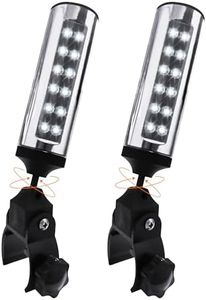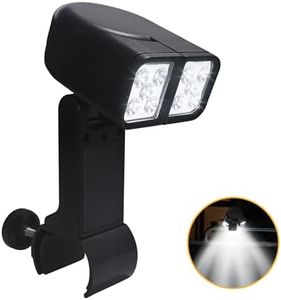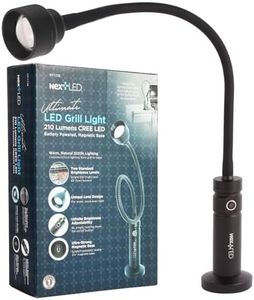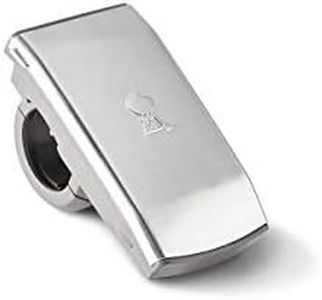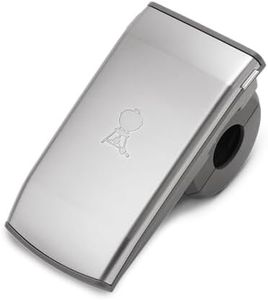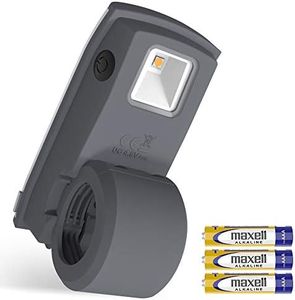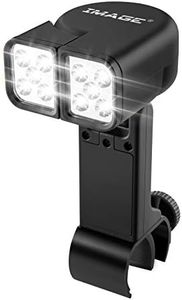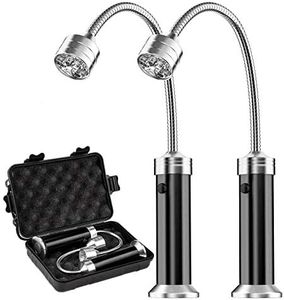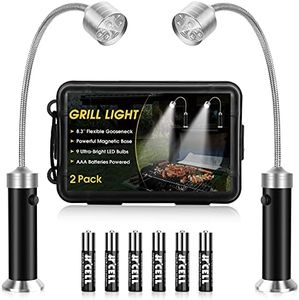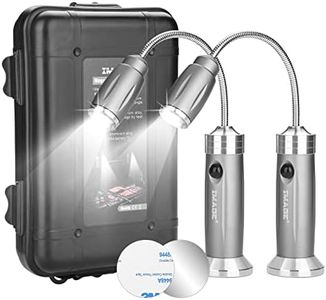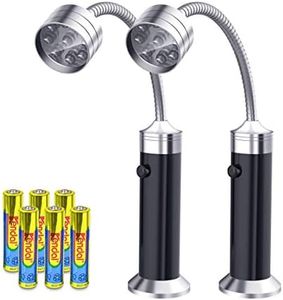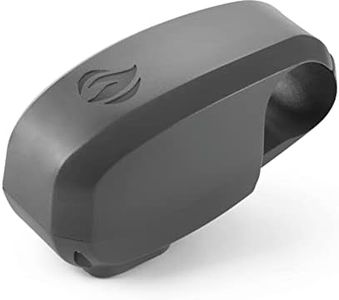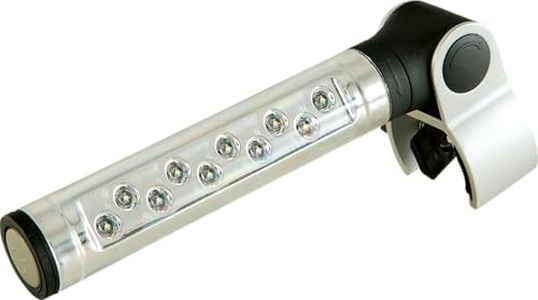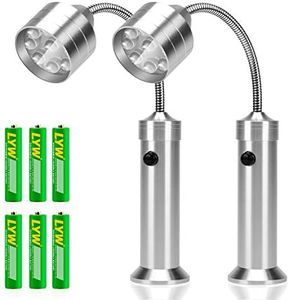We Use CookiesWe use cookies to enhance the security, performance,
functionality and for analytical and promotional activities. By continuing to browse this site you
are agreeing to our privacy policy
10 Best Grill Lights
From leading brands and best sellers available on the web.Buying Guide for the Best Grill Lights
Choosing the right grill light can really boost your outdoor cooking experience, allowing you to see your food clearly at night or in low light. Since everyone’s setup and cooking habits are different, the best grill light for you will be one that fits your grill, is easy to use, and provides the kind of illumination you need. To pick the best one, focus on the most important features that affect real-life use: brightness, attachment method, adjustability, power source, durability, and weather resistance.Brightness (Lumens)Brightness, measured in lumens, tells you how much light the grill light produces. Brighter lights (higher lumens) help you see better, especially when grilling large meals or cooking after dark. Lower lumens are fine for close-up or basic tasks. Usually, grill lights can range between about 50 and 250 lumens. For casual grilling, a lower value might be enough, but frequent evening grilling or larger setups may call for something brighter. Decide based on how dark your patio area gets and how much space you need to light up.
Attachment MethodThis spec describes how the light connects to your grill. Common options include magnets, clamps, or flexible goosenecks that can be coiled around handles. Clamps are best for round handles, magnets suit metal surfaces, and goosenecks offer versatility. Check your grill first—if your grill is not magnetic or has oddly shaped handles, you’ll want to avoid certain types. Go for the attachment that matches your grill design to ensure a stable and secure fit.
AdjustabilityAdjustability refers to how you can direct or rotate the light. Some grill lights swivel, bend, or tilt so you can aim the light exactly where you need it. Fixed lights are simple but less versatile, while flexible or rotating models allow you to target different areas of the grill. If you tend to cook a variety of foods or large batches, a more adjustable light lets you adapt as you go. Choose based on whether you usually focus on one area or need to light up the whole grill.
Power SourceGrill lights are most often powered by batteries (like AA, AAA, or coin batteries), though some plug in via USB. Battery-powered lights are portable and easy to use anywhere, but you’ll need to keep spare batteries handy. USB rechargeable options can be more convenient but require you to remember to charge before grilling. Think about how and where you use your grill—if you grill in a spot without power outlets, batteries may be better suited. Regular grillers may appreciate rechargeable convenience.
Durability and Weather ResistanceSince you'll be using the light outside, make sure it’s made from sturdy materials (like aluminum or high-impact plastic) and is weather-resistant. Weather resistance is especially important if you plan to leave the light attached to your grill or if you cook during all seasons. Look for features like water resistance or dust protection for reliability and longer life. If you only grill occasionally and can store the light indoors, this may be less of a priority, but outdoor all-weather cooks should consider this spec a must.
